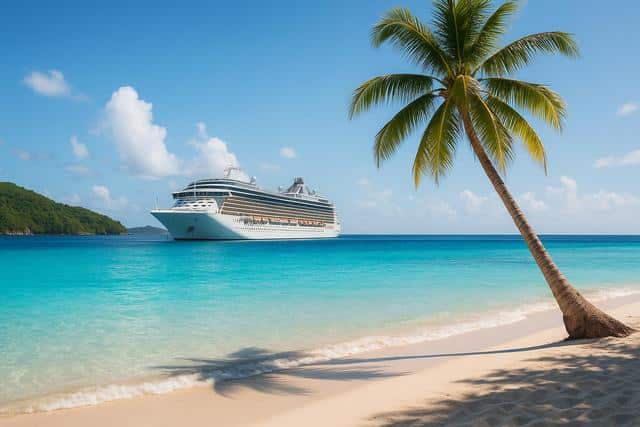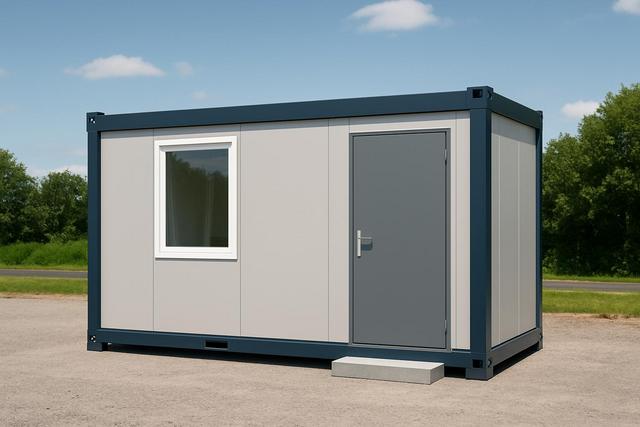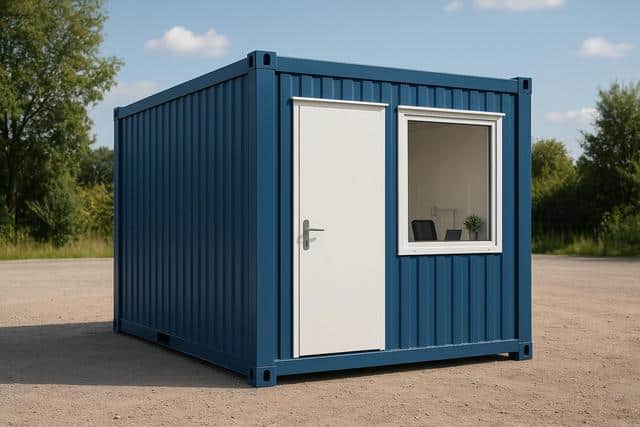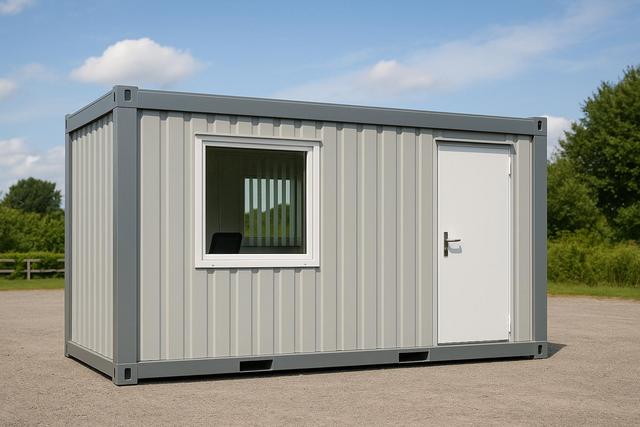
Caribbean Cruises: How to Plan, Compare Itineraries, Budget Smart, and Sail Confidently in 2025–2026
We’ll start by outlining how Caribbean cruises actually work—routes, seasons, and the tradeoffs travelers make. Next, you’ll learn the health, safety, and weather facts that matter, plus a few easy planning wins. We’ll then compare popular ports and private island stops, with a detailed table to help you narrow options quickly. After that, we’ll unpack real costs with practical strategies to save without sacrificing what you value. Finally, we’ll walk through ship and cabin choices, answer common questions, and hand you a simple next-step checklist.
Why the Caribbean remains a cruise classic (and how to choose an itinerary)
The Caribbean suits first-time cruisers and seasoned travelers because it’s close to major U.S. departure ports, offers short and weeklong options, and balances beach time with culture-rich shore days. When you hear “Caribbean,” you’re usually choosing among three broad routes:
- Eastern Caribbean: Think turquoise-water beaches and easygoing island time. St. Thomas, St. Maarten, and San Juan are common calls. Sea days are often shorter, and waters can be gentler on many itineraries.
- Western Caribbean: Often combines beach stops (like Grand Cayman) with mainland experiences (such as Cozumel for Mayan ruins, cenotes, or cooking classes). Expect a mix of sea days and activity-heavy excursions.
- Southern Caribbean: More port-intensive and farther from Florida, typically including Aruba, Bonaire, Curaçao, Barbados, or Martinique. These itineraries deliver variety in culture, cuisine, and snorkeling/diving.
Seasonality affects the feel of each route. Winter and spring sailings tend to deliver drier, breezier weather in many areas and attract travelers seeking warm escapes. Late spring and early summer sailings bring family-friendly energy and school-break schedules. Late summer into fall is typically more unsettled in parts of the region; some travelers lean toward routes that trend drier at that time or opt for flexible cancellation coverage.
Think about your port preferences and onboard pace. If you value more time ashore, the Southern Caribbean’s busy schedules can be rewarding. Prefer sea days and big-ship amenities? Many Eastern and Western itineraries balance ship time with headline ports. Also consider embarkation logistics and flight availability—driving to a port in Florida or Texas can materially change your total vacation cost. Finally, map your priorities (beaches, history, culinary exploration, snorkeling) to specific ports, then let the itinerary choose you.
Weather, health, and safety: facts to plan around
Start with weather clarity. The Atlantic hurricane season runs mid-year into late fall, with the most active stretch typically peaking in early to mid-September. Check the National Hurricane Center’s overview for timing fundamentals [1] and skim NOAA’s seasonal outlook for probabilistic guidance on named storms and timing each year [2]. As FEMA’s Deanne Criswell put it, “With hurricane season starting on June 1, now is the time to get ready” [2]. That doesn’t mean you should avoid travel—it means monitor forecasts, register for cruise line alerts, and keep a flexible mindset if a ship swaps ports to stay clear of weather.
Healthwise, cruise ships operate under strict sanitation protocols and reportable-illness rules. CDC notes that gastrointestinal outbreaks on ships with a confirmed cause are “more than 90%” due to norovirus [3]. Simple steps—handwashing with soap and water before meals, using hand-sanitizer when soap isn’t available, and promptly reporting symptoms to the medical center—significantly reduce transmission risk [3]. If you take prescription medications, pack extras and keep them in original labeled containers. If you’re immunocompromised or have complex health needs, consult your clinician and review CDC’s cruise travel guidance before booking [3].
Documentation matters, too. The U.S. Department of State recommends bringing a valid passport book even if your cruise advertises it as optional—ships can alter their plans for mechanical or weather reasons, and you may need to fly home from a foreign port [4]. Enroll in STEP for alerts, understand local laws at your ports, and store valuables in your cabin safe [4].
Where Caribbean cruises go: ports, private islands, and what to expect
The Caribbean’s popularity isn’t just hype—industry data shows a major share of global cruise passengers head here each year. In 2024, Caribbean/Bahamas/Bermuda itineraries collectively drew the largest passenger share worldwide, and overall passenger volume is projected to grow again in 2025 [6]. If you’re sailing from Florida, you’ll likely embark from Miami, Port Canaveral, or Port Everglades. These ports keep adding capacity and environmental upgrades such as shore power, which allows ships to turn off engines and plug into the grid while docked—reducing local emissions and noise [5].
Many itineraries weave in private island days for relaxed beach time and family-friendly amenities. Examples include Royal Caribbean’s Perfect Day at CocoCay, with waterpark thrills and chill zones [7]; MSC’s Ocean Cay MSC Marine Reserve, designed with conservation programming and lectures [8]; and RelaxAway, Half Moon Cay (Holland America and Carnival), which is undergoing enhancements and pier upgrades to ease tendering and expand beach access [9].
| Itinerary Focus | Typical Ports/Stops | Sea Days vs. Port Days | Private Islands Likely? | Activity Highlights | Notes |
|---|---|---|---|---|---|
| Eastern Caribbean | St. Thomas, St. Maarten, San Juan | Balanced to more port days | Often (e.g., CocoCay) [7] | Beaches, shopping, viewpoints | Smoother seas on many routes |
| Western Caribbean | Cozumel, Grand Cayman, Jamaica | Balanced with some longer sea days | Sometimes | Snorkeling, ruins, cenotes | Mainland excursions add variety |
| Southern Caribbean | Aruba, Bonaire, Curaçao, Barbados | More port-intensive | Less common | Diving, culture, cuisine | Often departs from San Juan |
| Private Island Day | CocoCay (Royal Caribbean) | 1 day | Yes | Waterpark, lagoon, cabanas | Family-friendly amenities [7] |
| Private Island Day | Ocean Cay (MSC) | 1 day (sometimes late-night) | Yes | Beaches, conservation talks | Marine Reserve focus [8] |
| Private Island Day | RelaxAway, Half Moon Cay | 1 day | Yes | Beach relaxation | Enhancements underway [9] |
| Port Infrastructure | PortMiami | — | — | Shore power (reduced emissions) | Five cruise berths wired [5] |
Environmental progress is accelerating across the industry. Port plug-in capability helps reduce emissions while ships are docked, and fleet investments support longer-term decarbonization goals set through the International Maritime Organization’s 2023 strategy [15]. The upshot: you get a smoother port experience and the region benefits from cleaner operations over time.
What it really costs (and how to save without stress)
Base fares are just the start. Expect taxes and port fees, gratuities, drinks and dining upgrades, Wi‑Fi, and shore excursions to shape your final price. Recent samplings of weeklong Caribbean sailings suggest that base fares for mainstream lines can be quite accessible, especially outside peak holiday periods, while premium cabins and brand-new ships command higher rates. A sample analysis of short and weeklong sailings found average base fares in the mid-hundreds per person before taxes/fees, with longer itineraries and balcony cabins pricing higher [10]. Deal pages also show frequent promos, onboard credits, and “kids sail free” offers—use them to right-size your budget, not to justify extras you don’t need [11].
| Expense Category | Typical Range | How to Control It |
|---|---|---|
| Base Fare (pp, dbl occ.) | Varies by ship/season; short cruises often a few hundred dollars [10] | Travel off-peak; consider older (still excellent) ships |
| Taxes & Port Fees | $100–$250+ per person (itinerary-dependent) | Compare similar routes; note local surcharges (e.g., new or higher head taxes) [13] |
| Gratuities/Service | ~$14–$20 per person/day (line-specific) | Budget upfront; check your line’s policy before sailing |
| Wi‑Fi | $10–$30 per device/day | Buy a voyage pass; use port cafés for heavy uploads |
| Drinks & Dining | Packages from tens to hundreds per voyage | Run the math; à la carte may beat a package for light sippers |
| Shore Excursions | $40–$200+ per person/activity | Mix ship tours with self-guided time; book early for limited-capacity tours |
| Travel Insurance | ~5–10% of trip cost | Cover medical/evacuation and weather-related disruptions |
Two consumer protections to know: First, the Federal Maritime Commission requires cruise lines embarking from U.S. ports to maintain financial instruments that can refund deposits in cases of nonperformance (e.g., cancellation). If you hit a dead end with a cruise line, FMC’s Consumer Affairs team may help facilitate resolution [12]. Second, keep an eye on country- or port-level fee changes—for example, Mexico approved a new per-passenger fee for cruise calls, affecting itineraries that include certain ports [13].
Example: Jason and Priya wanted a spring-break escape, but airfare spikes made a Saturday Miami departure pricey. They saved by choosing a Sunday sailing from Port Canaveral, driving up the night before and using a hotel’s park-and-cruise package. They skipped the drinks package, booked one snorkeling tour, and enjoyed a free beach day at a private island. Their total stayed within budget because they chose the itinerary first, then trimmed extras that didn’t add value for them.
Choosing your ship and cabin, plus FAQs and next steps
Pick the ship for your travel style. Big resort-style vessels bring splashy waterparks, kids’ clubs, Broadway-caliber shows, and private island access days that are easy, fun, and turnkey [7]. If you prefer quieter spaces and destination immersion, consider smaller ships or Southern Caribbean routes with more port days and fewer sea days. Cabins follow similar tradeoffs: interior rooms maximize value and darkness for great sleep; oceanviews add natural light; balconies add private outdoor space that’s handy on port-intensive routes. Families often benefit from connecting cabins or family suites; solo travelers can target studio categories on select ships.
Know your rights and the safety baseline. CLIA lines uphold a Passenger Bill of Rights detailing refund expectations in certain mechanical failure scenarios, timely updates during disruptions, crew training standards, and onboard medical care availability [14]. For customer-service disputes or nonperformance refund questions tied to U.S. embarkations, FMC can sometimes help via voluntary dispute resolution [12]. On the sustainability front, the IMO’s 2023 greenhouse-gas strategy sets the course for shipping to progress toward net-zero emissions, with checkpoints this decade that spur fuel and technology shifts [15].
Caribbean Cruise FAQs
Do I need a passport for a closed-loop cruise from the U.S.?
While some closed-loop cruises permit birth certificate + government ID, the State Department recommends a valid passport book in case you must fly home unexpectedly from a foreign port [4].
How likely are itinerary changes due to weather?
They’re uncommon on any given voyage but not rare over a full season. Lines may swap ports or adjust routes to avoid storms. Track forecasts and review your ticket contract and insurance coverage [1] [2].
Is norovirus a big risk on ships?
It’s the most common cause of confirmed GI outbreaks at sea, according to CDC. Frequent handwashing, reporting symptoms early, and following ship guidance meaningfully reduce spread [3].
What’s a smart first step if my cruise is canceled?
Contact the cruise line for refund or rebooking options per your ticket contract. If you embarked from a U.S. port and hit a stalemate, you can ask the Federal Maritime Commission’s consumer office about assistance [12].
Final checklist: Match your itinerary to the experiences you want; compare embarkation ports and flight/driving costs; understand the season you’re sailing; price the whole trip (not just the fare); and bookmark official resources for weather, health, and documentation updates. With a clear plan, a Caribbean cruise becomes a refreshing, good-value way to see multiple islands in a single trip—no overpacking required.
Ready to explore options that fit your dates and budget? Use the offer browser above to scan current sailings and refine by ship features, cabin types, and ports [11].
Websources
- NOAA National Hurricane Center – Hurricane season overview
- NOAA Climate Prediction Center – 2025 Atlantic hurricane outlook
- CDC Yellow Book – Cruise Ship Travel
- U.S. Department of State – Cruise ship traveler guidance
- PortMiami – Shore Power Program
- CLIA – 2025 State of the Cruise Industry highlights
- Royal Caribbean – Perfect Day at CocoCay
- MSC Cruises – Ocean Cay MSC Marine Reserve
- Holland America – RelaxAway, Half Moon Cay announcement
- NerdWallet – How much is a Caribbean cruise?
- Cruise Critic – 2025 cruise deals
- Federal Maritime Commission – Cruise passenger assistance
- Associated Press – Mexico port fee for cruise passengers
- CLIA – International Cruise Line Passenger Bill of Rights
- IMO – 2023 Strategy on Reduction of GHG Emissions from Ships


